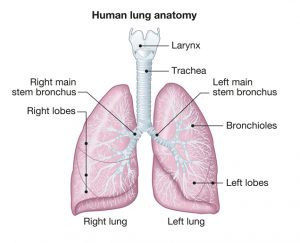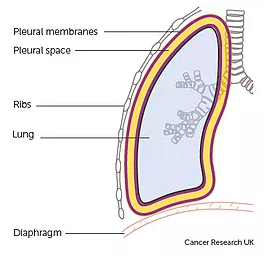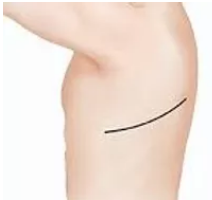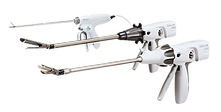Most thoracic surgery today is performed via minimally invasive techniques, and is given the term ‘video-assisted thoracic surgery’ or VATS. People often call this ‘keyhole surgery’ but in a lot of cases one or more of the incisions needs to be quite a bit larger than a keyhole for the surgery to be performed safely. However the goal is always to keep the number and size of the incisions as small as possible to minimise the trauma of surgery. Occasionally it may be necessary to perform thoracic surgery through larger incisions for particular conditions, and your surgeon will explain the reasons for this to you.
Compared to traditional open surgery, VATS results in:
- Small incisions and a better cosmetic result
- Less bleeding and risk of infection
- Less pain
- Shorter hospital stay
- Faster recovery and return to work
VATS is often facilitated by the use of specialised instruments that can be used through small incisions, including stapling devices other instruments that are able to cut and seal lung tissue.
Most thoracic surgery is performed under a general anaesthetic. Procedures may be quite simple and quick, taking as little as 10-15 minutes, or they may be complex and take many hours. As a result, recovery periods vary widely — some patients go from the operating theatre to the recovery unit and then to the ward, and may be discharged later that day or the next morning; other patients need to go to intensive care for one or more days and may need more than a week in hospital after their surgery.
Most patients need about a week after discharge resting at home or in convalescence before they feel like they’re getting back to normal. Full recovery can take one to three months. In most cases, patients will not be able to drive for two weeks after surgery, and heavy lifting or strenuous activities with the arms need to be avoided for about 6 weeks.
Your surgeon will discuss the specific risks of the proposed surgery with you, and you will have the opportunity to ask any questions you may have about this.






